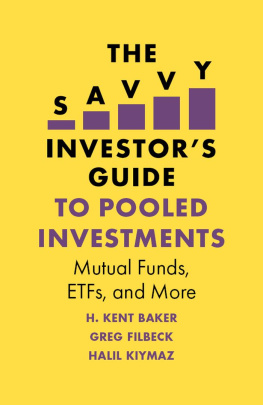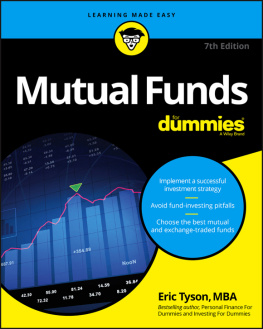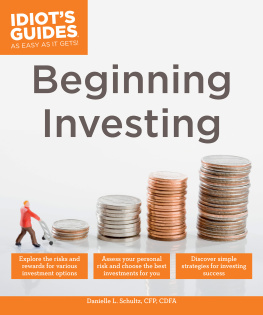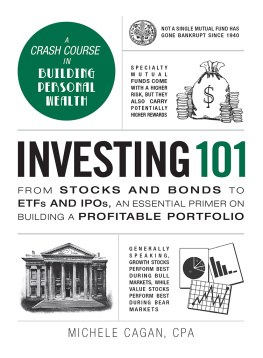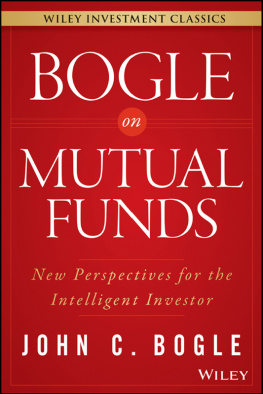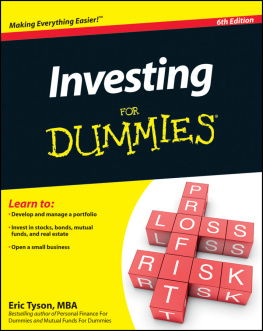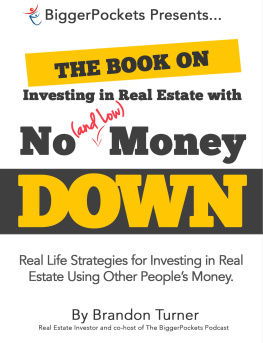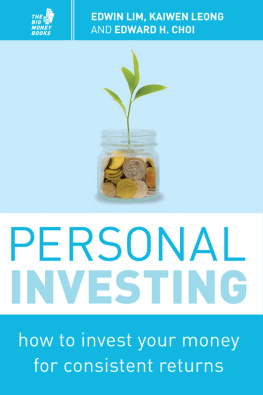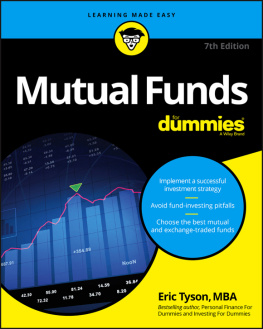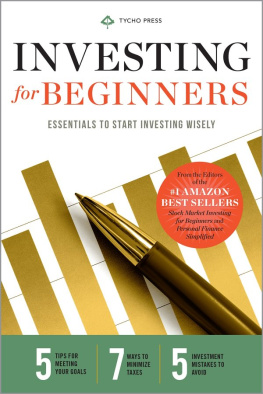Katherine Collins is Founder and CEO of Honeybee Capital, a research firm focused on pollinating ideas that reconnect investing with the real world. After a long and successful career as head of research and portfolio manager at Fidelity Management & Research Company, Katherine set out to re-integrate her investment philosophy with the broader world, traveling as a pilgrim and volunteer, earning her MTS degree at Harvard Divinity School, and studying biomimicry and the natural world as guides for investing in an integrated, regenerative way, in service to our communities and our planet. She lives in Massachusetts with several thousand honeybees.
More details about Katherine, The Nature of Investing, and Honeybee Capital can be found at honeybeecapital.com.
Like any good ecosystem, this book has a number of vibrant, intersecting webs and layers of community that have contributed to its creation. Some of these ecosystem species are highly visible and their functions are direct and tangible; others are less apparent and their support is indirect, but just as vital, and just as appreciated.
Most directly, I want to thank Janine Benyus and Hazel Henderson, dear mentors and co-creators of Ethical Biomimicry Finance. Both of these women have intellectual rigor, clarity of vision, and warmth of spirita rare trifecta of gifts. Their work has formed the rich soil that roots and nourishes the ideas in this book, and their personal support has nourished me throughout the research and writing process.
Along with Janine and Hazel is a growing community of thinkers and do-ers in biomimimicry and investing, including educators, scientists, business leaders, and more. I am lucky to include Dayna Baumeister, Chris Allen, Beth Rattner, Bryony Schwan, Nicole Hagerman Miller, Toby Herzlich, Erin Leitch, Sherry Ritter, Rosalinda Sanquiche, Lina Constantinovici, Eva Willmann de Donlea, Stuart Williams, Stuart Valentine, and Susan Davis as colleagues, mentors, and friends. Additionally, I benefitted tremendously from cross-pollination with my colleagues in the 2013 Biomimicry Specialist cohort, especially Victoria Keziah and Ken McLellan (long live Team SuperOrg!).
In exploring biomimicry investing I have come to appreciate the power of adaptation more and more, and so I am increasingly grateful for the mentors, colleagues, and friends who have adapted along with me from my perch at Fidelity to my perch at Honeybee Capital. To all of my ecosystem connections who are engaged in investing and finance, especially the giant web of friends from Fidelity, I am deeply indebted. It is thanks to you that I know investing as a noble, valuable profession, not just a business.
Every ecosystem also needs sources of ongoing nourishment, and for me this has been found in people and organizations dedicated to creativity, curiosity, reflection, connection, and rigorous analysis. Thank you to Michael Mauboussin, Andrew Zolli and the PopTech group, the Harvard Divinity School community, the Ohana Investment Circle, and the complexity science networks of the Santa Fe Institute and the New England Complex Systems Institute. All of the authors of material in the Resources section have also provided ongoing insight and inspiration, some from afar and some from a-near. Raj Panjabi and the team at Last Mile Health, the Common Impact family, and everyone involved with Wellesley College and Habitat for Humanity have helped to re-center my work in service through their inspiring examples.
Stephanie Schacht deserves her own shining star on our ecosystem map, as she provided research support in every form philosophical, creative, and analytical. My brother described Stephanie as the one person on earth with the breadth of knowledge and interests needed to simultaneously research questions like, What is the best theory on money as an expression of social connection? and How much was total CDO issuance in 2Q 2006? He was right.
One of the most important considerations for ecosystem health is the surrounding environment, the operating conditions that influence the system day in and day out. I am grateful to Jill Friedlander, Erika Heilman, Shevaun Betzler, Jill Schoenhaut, and the whole Bibliomotion team, for setting remarkably favorable operating conditions throughout this process. Barbara Henricks, Margaret Kingsbury, Rusty Shelton, and their colleagues at Cave Henricks Shelton, terrific navigators of the media web, have ensured that this message is heard. Jurriaan Kamp and Helene De Puy saved the day when we were stumped with title discussions. The fantastic team at Guts & Glory has helped to align belief and practice and visual image for Honeybee Capital in a way that I never imagined possible. Thank you, thank you, thank you.
Dearest to me, I am thankful for my own little subspecies within the ecosystem, my family. When I was seven years old and told my parents I was going to be President of the United States, they did not laugh; thats pretty much all you need to know about our supportive family environment.
My Wellesley sistersall of themand my Newton friends have provided inspiration and connection and comfort over long stretches of time and space, cushioning some disruptions and gently encouraging others, just exactly as needed.
Finally, I am grateful for my literal ecosystem, my corner of Massachusetts full of sugar maples and swampy bogs and bluebirds and rolling hills and honeybees and a big brown thing that lives under the porch. I cant wait to see what wisdom they will share with me in the time to come.
I am thankful for the many resources that contributed to the development of this book, whether directly or indirectly. Below are just a few inspirations in the areas of natural science, investing and economy, and systems thinking.
Natural Science
Baumeister, Dayna. Biomimicry Resource Handbook: A Seed Bank of Best Practices. Missoula, MT: Biomimicry 3.8, 2013.
Benyus, Janine. Biomimicry: Innovation Inspired by Nature. New York: William Morrow, 1997.
Berry, Wendell. The Unsettling of America. San Francisco, CA: Sierra Club, 1996.
Jackson, Wes. Consulting the Genius of the Place. Berkeley, CA: Counterpoint, 2010.
Jackson, Wes. Nature as Measure: The Selected Essays of Wes Jackson. Berkeley, CA: Counterpoint, 2011.
Keller, Laurent, and Elizabeth Gordon. The Lives of Ants. New York: Oxford University Press, 2009.
McFarland, D. A Dictionary of Animal Behaviour. New York: Oxford Press, 2006.
McKibben, Bill. Eaarth. New York: Times Books, 2010.
Pollan, Michael. The Omnivores Dilemma: A Natural History of Four Meals. New York: Penguin Books, 2007.
Seeley, Thomas D. Honeybee Democracy. Princeton, NJ: Princeton University Press, 2010.
Seeley, Thomas D. The Wisdom of the Hive. Cambridge, MA: Harvard University Press, 1996.
Stamets, Paul. Mycelium Running. Berkeley, CA: Ten Speed Press, 2005.
Tautz, Jurgen. The Buzz About Bees: Biology of a Superorganism. Berlin: Springer Verlag, 2008.
Wilson, E.O. Biophilia. Cambridge, MA: Harvard University Press, 1984.
Wilson, E.O. Consilience: The Unity of Knowledge. New York: Knopf, 1998.
Wilson, E.O., and Bert Hlldobler. The Superorganism. New York: W.W.Norton & Company, 2009.
Philosophy, Economy, Business, Investing, and Finance
Aburdene, Patricia. Conscious Money. New York: Atria Paperback, 2012.
Bishop, Matthew, and Michael Green. Philanthrocapitalism: How the Rich Can Save the World. New York: Bloomsbury Press, 2008 (U.S. subtitle: How Giving Can Save the World).
Buffett, Warren.

![Katherine Collins [Katherine Collins] The Nature of Investing: Resilient Investment Strategies through Biomimicry](/uploads/posts/book/124125/thumbs/katherine-collins-katherine-collins-the-nature.jpg)
